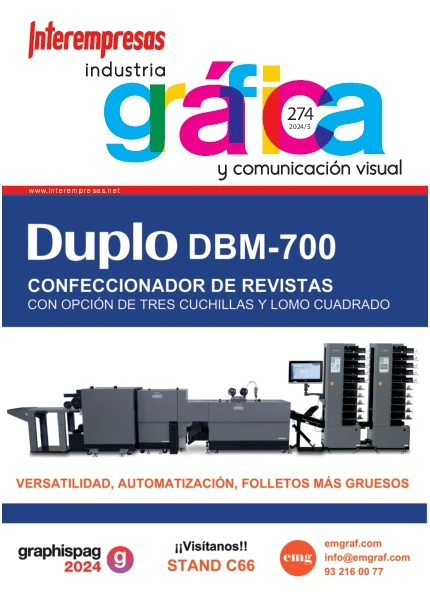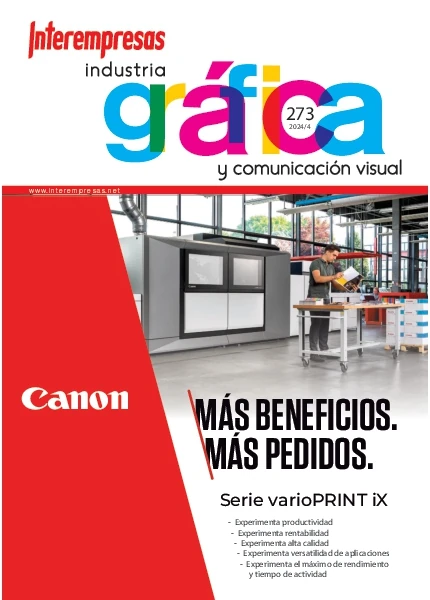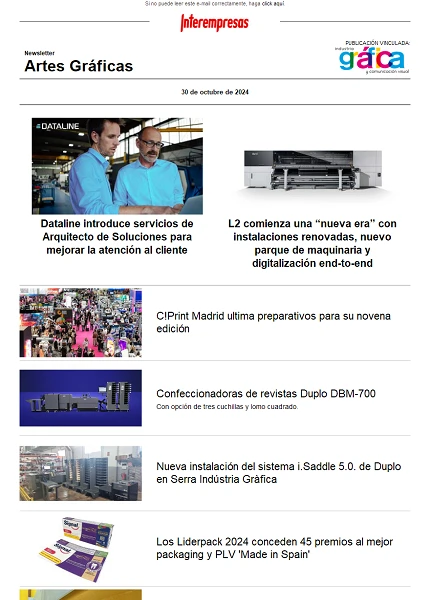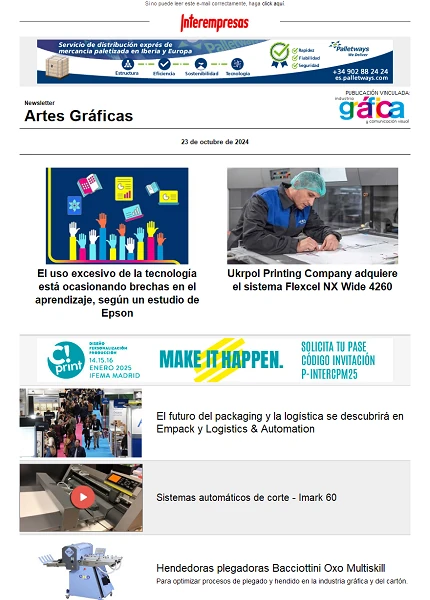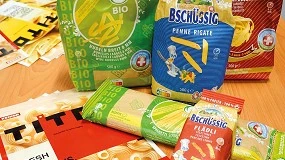Production and consumption of paper and its collection for recycling increases in 2006
The uncertainty of the energy markets
The paper sector is a strongly cogeneradora industry, which has been severely affected by the disastrous balance of this system in 2006, and which calls for a stable and conducive legal framework enabling the development of a system of generation considered as one of the most efficient and environmentally correct. In this sense sector hopes that the Royal Decree which prepares the Executive comes to turn around a disastrous situation that has led to a 20 percent drop in the energy released into the network by the cogeneration in 2006.
Also, the pulp and paper sector is the largest producer of renewable energy from biomass: represents 50 per cent of renewable energy from biomass in Spain. The draft of RD does not collect remuneration allowing the development of energy from wood. This energy derived from lignin is the cheapest of all the energies of biomass and, therefore, the first that should interest enhance. However, the proposed remuneration is lower than the current (- 24%), does not cover the costs, and would leave the existing facilities with negative returns. This would involve clear discrimination with the treatment given to agricultural waste. The sector is awaiting that since the Ministry established remuneration right, essential for the development of the energy derived from lignin. If not Dutch many of the investments planned for the cogeneration from biomass in the paper sector.
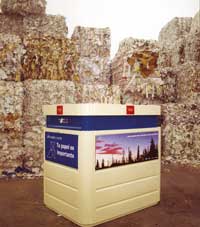
Your role is important
4.6 Million tons of waste paper recovered represent a saving equivalent to more than 45 large full football stadiums landfill area up above. The role is the material that is more recycled in Spain: already recover and recycle 60 percent of the paper we consume. The growth of the recovery of paper in the past has been very important, from 1.4 million tonnes in 1986 to 2.1 million tonnes in 1996 to reach the current 4.6 million tonnes
Waste paper recovered for recycling through the industrial collection, and the municipal collection. The industrial collection is which is carried out in companies, publishers and printers and department stores. Municipal collection is performed through the container blue for the role of households, through the collection "door to door" small shops, and the collections in offices, schools, buildings of public institutions.
The complexity of the process by which waste paper, since the the recuperator it picks up until its entry into the paper plant feedstock, is little known. Waste paper is classified in more than 50 different qualities, suitable for the manufacture of very different types of new roles. The recovery industry collects waste paper and what conditions through highly mechanized processes of cleaning, sorting and packaging. Below the waste paper returns to papermaking factories to become new paper to be recycled.
Four legends of paper
The Act was part of videos on the subject and recorded testimonies of a wide range of representatives examining in depth the image of the paper, breaking preconceptions:
- To the Association that occasionally occurs between deforestation and the production and consumption of paper plantation cultivation the wood that is made the paper, which increase the wooded area and are efficient sinks of CO2 (there are in Spain thanks to the paper work and hold 400,000 hectares)(, 2 per cent of the total wooded area - forests of pine and eucalyptus which set the year 7.5 million tonnes of CO2, 2 per cent of the total emissions resulting in the country).
- Faced with the uncertainties and reluctance on recycling which still has the citizenship, the guarantee of the paper industry Spanish leader in recycling in the EU that all paper recovering in Spain is recycled.
- Against the alleged obsolescence of an industry which some accuse of being heavily polluting and even predatory environment, the revolution in technological and environmental sector, which has some of the most modern factories in Europe and has achieved levels of eco-efficiency in water and energy saving and reduction of the contamination, which place it to the vanguardía of the sector in the EU.
- From the predictions of the disappearance of the paper by new technologies, versatility and the continuous development of new uses of a ubiquitous material in our lives and that environmental characteristics is called to be the material of the future in a society increasingly committed to sustainable development.


